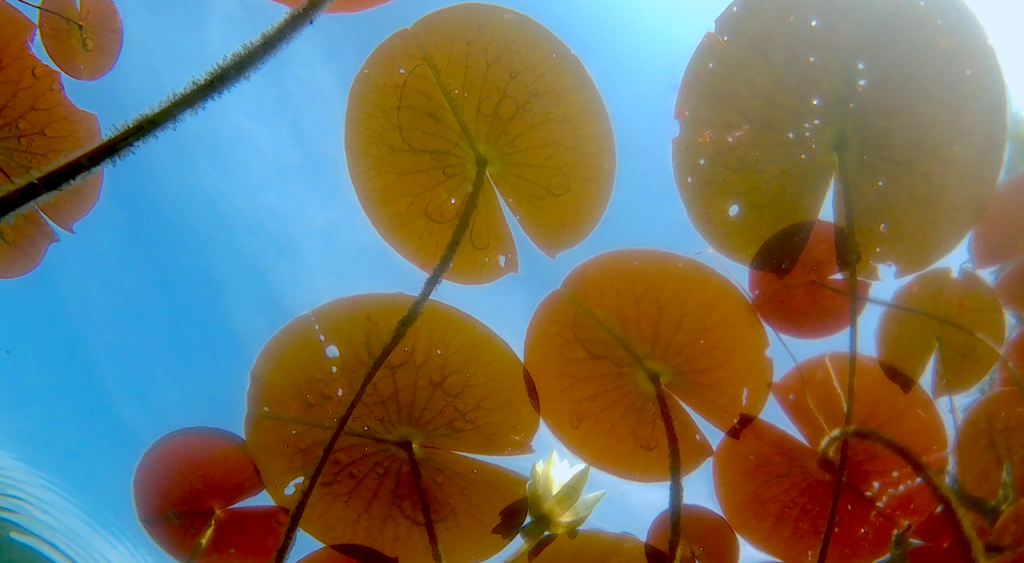On October 17th, GLA Watershed Biologist Rob Karner, together with Dennis Wiand, Owner of Zero Gravity, LLC, presented a Leelanau Clean Water program to a group of over 30 key lake stewards from lakes around the region. Thanks to the Glen Lake Association’s willingness to be the first to use drone technology for conducting shoreline surveys, many other lakes have either followed the GLA’s lead, or are giving serious consideration to using drones as a water quality data gathering tool.The key benefit of having a shoreline videotaped via drone is to establish a benchmark for the current condition of the water’s edge. Future drone surveys will be created and compared to the original survey thereby setting up the perfect comparison opportunity.The kind of water quality data gathered is still evolving and future updates on the results of Glen Lake’s first survey, done in August of 2017, will come in subsequent communications. Examples of water quality data that are being quantified and placed on the map include: Green belts; drainage pipes; sea walls; rip rap; erosion; fish habitat; lake-water irrigation; road ends; inlets, and invasive plants.While the use of the drone is proving to be a valuable, water quality-monitoring tool, GLA will continue to monitor the water chemistry using the hydrolab, collect and analyze plankton every month in the spring, summer and fall, and participate in the volunteer-based statewide water quality monitoring program.Can you self-monitor your own shoreline?One way you can monitor the water quality on your shoreline is to place two or three clean, volleyball-sized rocks at the water’s edge and wait to see if they become covered with green algae. If they are covered within a few weeks during the growing season with a healthy crop of algae, then you may have a nutrient loading problem that will need investigation.

Recent Comments